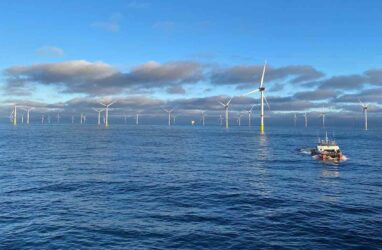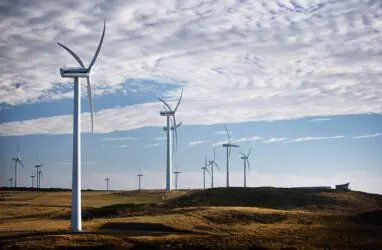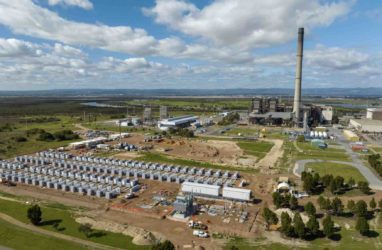Feed aggregator
Laos prepares for access to international carbon market
Australia Market Roundup: Energy company dumps hydrogen project, Woodside registers another ACCU project
The medicines we take to stay healthy are harming nature. Here’s what needs to change
NZ officials call for better exotic forest regulations
Origin joins green hydrogen exodus, dumps “risky” Hunter project to focus on renewables, storage
The post Origin joins green hydrogen exodus, dumps “risky” Hunter project to focus on renewables, storage appeared first on RenewEconomy.
EMBARGOED EU 2040 climate target hinge upon ability to overcome risks – report
Former EU environment chief hits out at plans to delay anti-deforestation law
Credibility ‘damaged’ by proposed 12-month delay, which followed lobbying from governments and firms around the world
A former top environment official has said the EU’s credibility on its climate commitments has been damaged by plans for a one-year delay to a law to combat deforestation that followed intense lobbying from companies and governments around the world.
Virginijus Sinkevičius, a Lithuanian MEP who was the environment commissioner until mid-July, said postponing the deforestation regulation would be “a step backward in the fight against climate change”.
Continue reading...Nature in England at risk as amount of protected land falls to 2.93%, data shows
Experts are calling for ‘rapid rescue package’ for nature to improve condition of protected sites
The amount of land that is protected for nature in England has fallen to just 2.93%, despite government promises to conserve 30% of it by 2030, new data reveals.
Campaigners are calling for a “rapid rescue package for UK nature”, as government delegates head to Cop16, the international nature summit, which will take place from 21 October in Colombia. They intend to ask other countries to stick to ambitious nature targets.
Continue reading...Hybrid solar and battery project dubbed first of its kind gets green light for construction
The post Hybrid solar and battery project dubbed first of its kind gets green light for construction appeared first on RenewEconomy.
Pitfalls Australia’s offshore wind industry must avoid
The post Pitfalls Australia’s offshore wind industry must avoid appeared first on RenewEconomy.
The secret life of greater gliders: sneezes, squabbles and a brand-new baby – video
A camera installed inside a tree hollow in a New South Wales is capturing the lives of a family of greater gliders, eastern Australia’s largest gliding possums. Australian National University ecologist Dr Ana Gracanin installed the camera – which is now streaming live – to raise awareness about the plight of the endangered animal. Habitat destruction, including land clearing, logging and climate-fuelled bushfires, have led to greater glider populations declining by 80% in some areas
Cuddles and drama as live stream shows secret life of ‘ridiculously fluffy’ greater glider
NSW forestry agency ordered to stop logging after greater glider found dead
Long-time European utility carbon trader joins Dutch bank
Windy south stars in month of “eclipsing” renewable energy records
The post Windy south stars in month of “eclipsing” renewable energy records appeared first on RenewEconomy.
US regulators charge former CQC boss Newcombe, ex-COO with fraud in landmark VCM case
CAR adopts Argentina livestock methane protocol
Gas power in future grid will be “tiny” and its cost exorbitant, report finds
The post Gas power in future grid will be “tiny” and its cost exorbitant, report finds appeared first on RenewEconomy.








